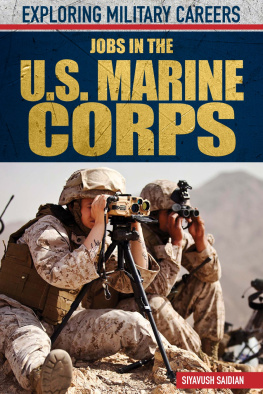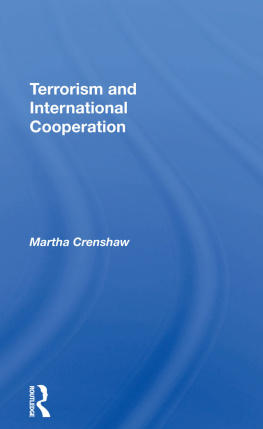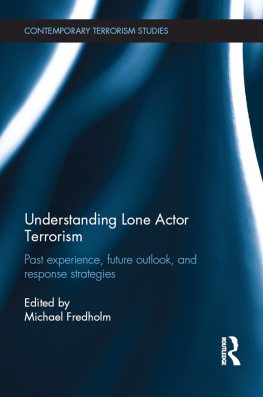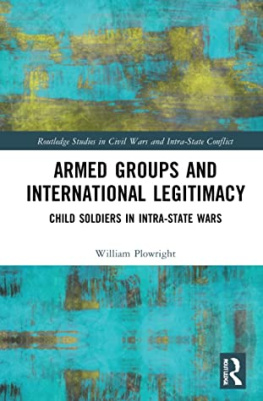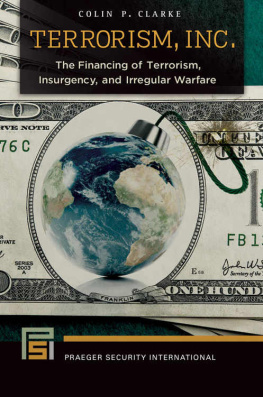Jeffery H. Norwitz - Pirates, Terrorists, and Warlords: The History, Influence, and Future of Armed Groups Around the World
Here you can read online Jeffery H. Norwitz - Pirates, Terrorists, and Warlords: The History, Influence, and Future of Armed Groups Around the World full text of the book (entire story) in english for free. Download pdf and epub, get meaning, cover and reviews about this ebook. year: 2009, publisher: Skyhorse Publishing, Inc., genre: Politics. Description of the work, (preface) as well as reviews are available. Best literature library LitArk.com created for fans of good reading and offers a wide selection of genres:
Romance novel
Science fiction
Adventure
Detective
Science
History
Home and family
Prose
Art
Politics
Computer
Non-fiction
Religion
Business
Children
Humor
Choose a favorite category and find really read worthwhile books. Enjoy immersion in the world of imagination, feel the emotions of the characters or learn something new for yourself, make an fascinating discovery.
- Book:Pirates, Terrorists, and Warlords: The History, Influence, and Future of Armed Groups Around the World
- Author:
- Publisher:Skyhorse Publishing, Inc.
- Genre:
- Year:2009
- Rating:4 / 5
- Favourites:Add to favourites
- Your mark:
Pirates, Terrorists, and Warlords: The History, Influence, and Future of Armed Groups Around the World: summary, description and annotation
We offer to read an annotation, description, summary or preface (depends on what the author of the book "Pirates, Terrorists, and Warlords: The History, Influence, and Future of Armed Groups Around the World" wrote himself). If you haven't found the necessary information about the book — write in the comments, we will try to find it.
Pirates, warlords, guerillas, criminal organizations, drug cartels, apocalyptic religious extremists, police agencies, terrorists: these are classic insurgents whose past, present, and future is dissected in this important book. Contributing writers including Martha Crenshaw, T. X. Hammes, Russell Howard, Gene Cristy, Yosef Kuperwasser, and academics from Naval War College, Marine Corps War College, and Stanford University, explore important insurgency-related issues such as domestic terrorism, globalization of armed groups, children on the battlefield, religious influence on armed fights, and more. This rich anthology offers scholars and citizens a new way to think about national and international securityas it stands today, and its future.
Jeffery H. Norwitz: author's other books
Who wrote Pirates, Terrorists, and Warlords: The History, Influence, and Future of Armed Groups Around the World? Find out the surname, the name of the author of the book and a list of all author's works by series.



